- sales@fokca.com info@fokca.com
- WhatsApp: +86 150 5749 1870
Sep 30, 2025
Pneumatic devices use compressed air as their power source. They feature a simple structure, high reliability, and fast response, and can perform various mechanical functions such as linear motion, rotation, impact, and vibration. When combined with control systems and sensors, pneumatic devices can be easily applied in automated production, improving efficiency, reducing labor, and adapting to a wide range of complex industrial environments.
Power Source: Driven by compressed air, not relying on electricity; can be operated manually or remotely automated.
Simple Structure: Most pneumatic components are compact and easy to install.
Reliable Operation: Resistant to high temperatures and dust, suitable for harsh environments, with a low failure rate.
Fast Response: Capable of high-frequency reciprocating motion, ideal for rapid cyclic operations.
High Safety: Does not produce sparks, making it suitable for flammable and explosive environments.
Easy Operation: Can be activated using compressed air, without complex operation.
Strong Adaptability: Can operate in high temperature, humid, dusty, or flammable and explosive environments.
High Efficiency and Energy Saving: Compressed air can be stored and transmitted over long distances, enabling centralized energy supply.
Easy Automation: When combined with sensors and control systems, semi-automatic or fully automatic operation can be achieved.
Low Maintenance Cost: Mechanical wear is minimal, and component replacement is simple.
Linear Motion: Pushing, pulling, clamping, lifting, compressing, etc. (cylinders).
Rotary Motion: Driving pneumatic motors to perform rotation, tightening, tapping, and other operations.
Impact/Vibration: Striking, chiseling, vibrating, anti-blocking (pneumatic hammers, vibrators).
Fluid Control: Adjusting the flow, pressure, and direction of air or other fluids (pneumatic valves).
Air Supply: Compressed air is provided by an air compressor and stored in a pressure tank.
Airflow Control: Valves regulate the direction, flow, and pressure of the air, determining the movement of pneumatic actuators.
Actuation: Cylinders or pneumatic motors convert the energy of compressed air into mechanical energy, performing pushing, pulling, rotation, or impact.
Cycle and Reset: After the action is completed, the air is exhausted, and the device resets, ready for the next cycle.
Automation Extension: By adding sensors and PLCs, sequence control, remote operation, and automatic cycling can be realized.
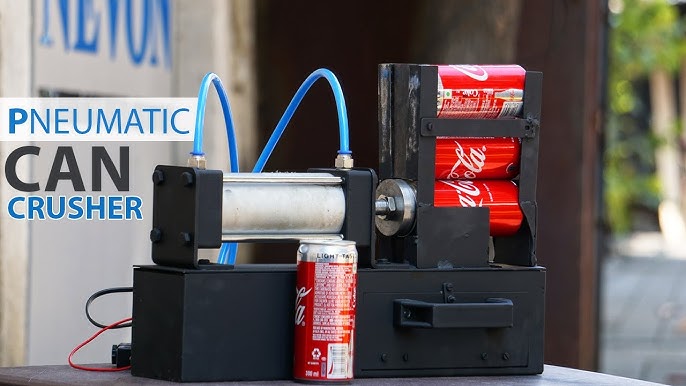 From Manual to Intelligent: How Pneumatic Compression Machines Achieve Automation Transformation
From Manual to Intelligent: How Pneumatic Compression Machines Achieve Automation Transformation
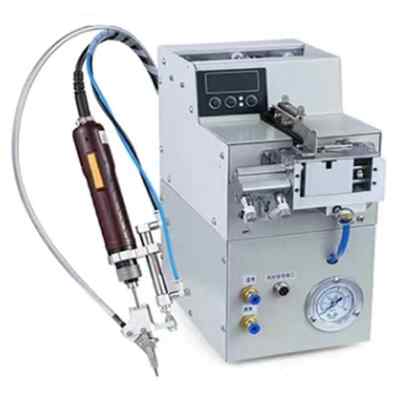 A Beginner's Guide to understand the difference about pneumatic components and automatic device
A Beginner's Guide to understand the difference about pneumatic components and automatic device
 Harnessing Compressed Air: A Study on Pneumatic Devices and Their Applications
Harnessing Compressed Air: A Study on Pneumatic Devices and Their Applications
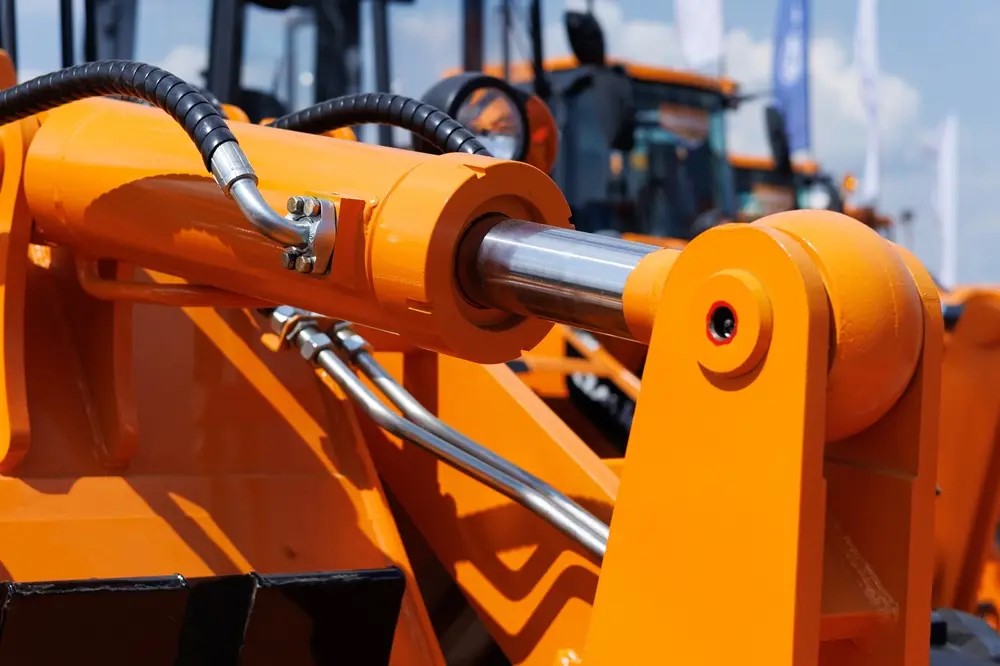 What are the components of a hydraulic actuator?
What are the components of a hydraulic actuator?
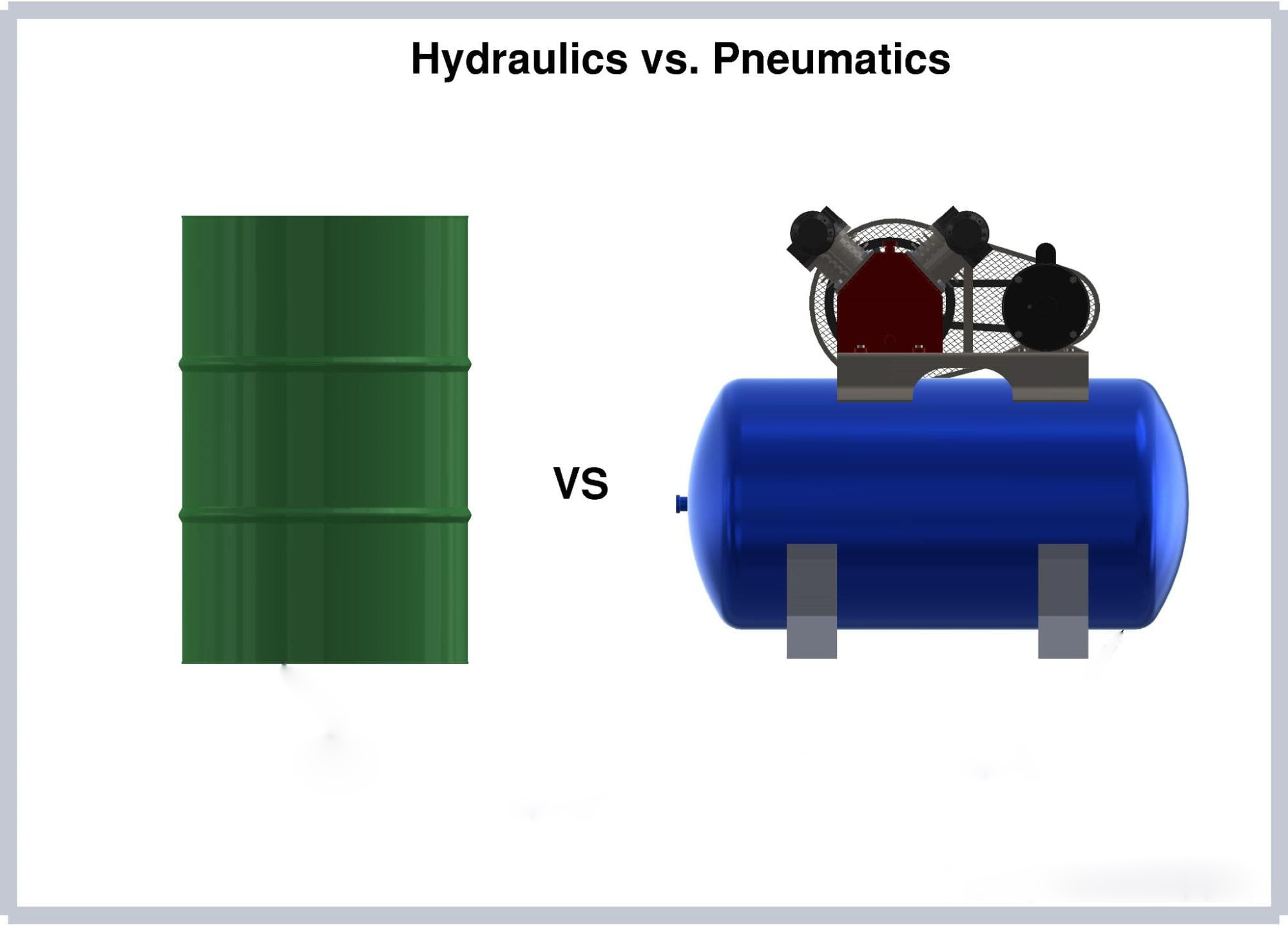 Comparing the handling methods of hydraulic and pneumatic media
Comparing the handling methods of hydraulic and pneumatic media
You May Interest In
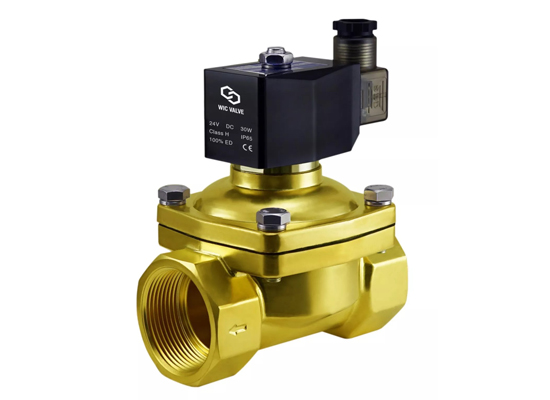
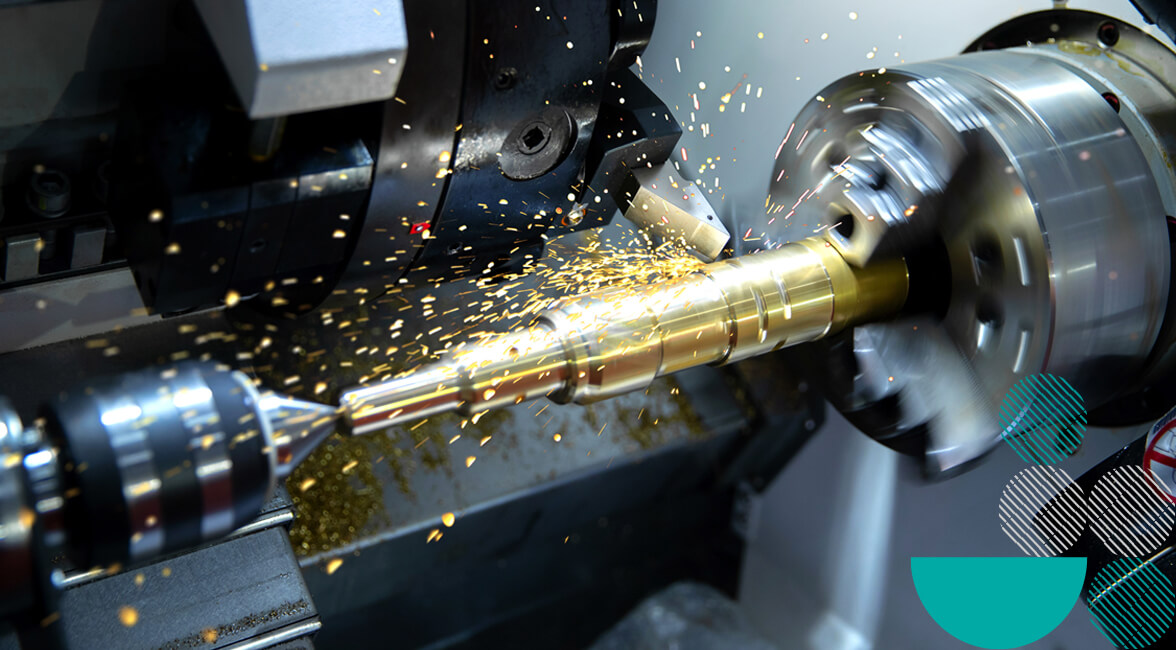
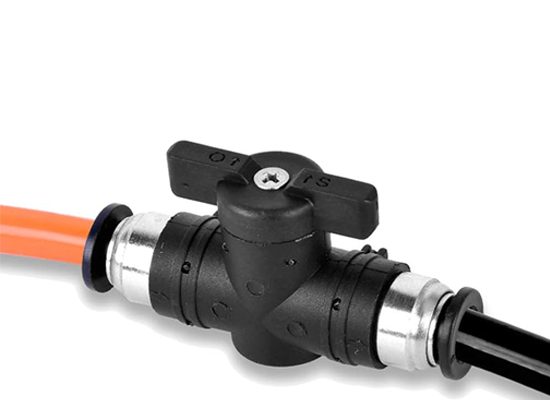
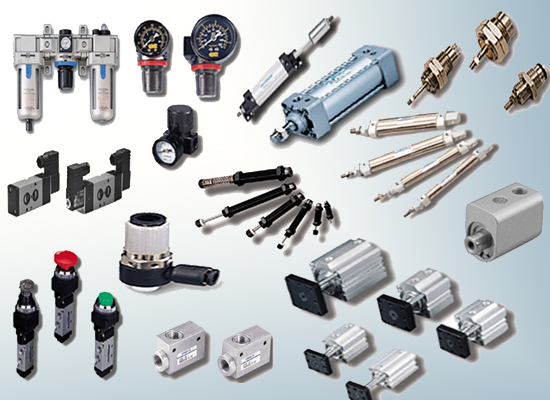
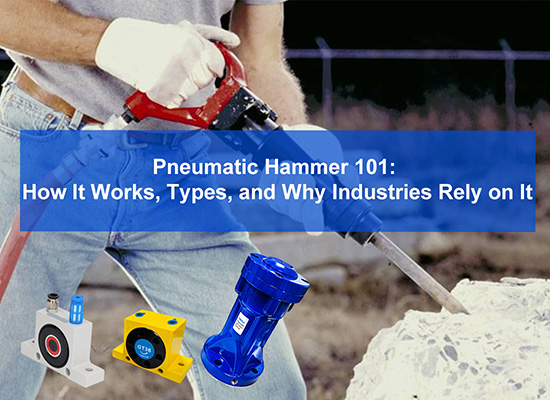
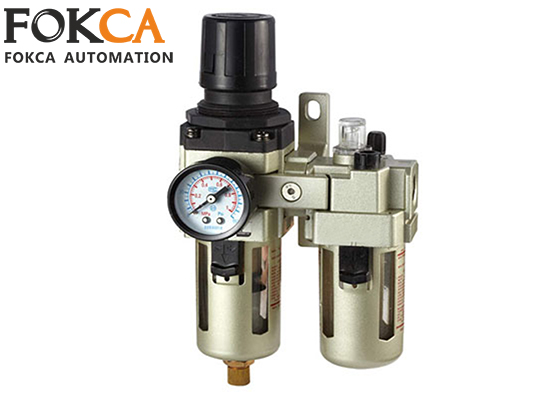
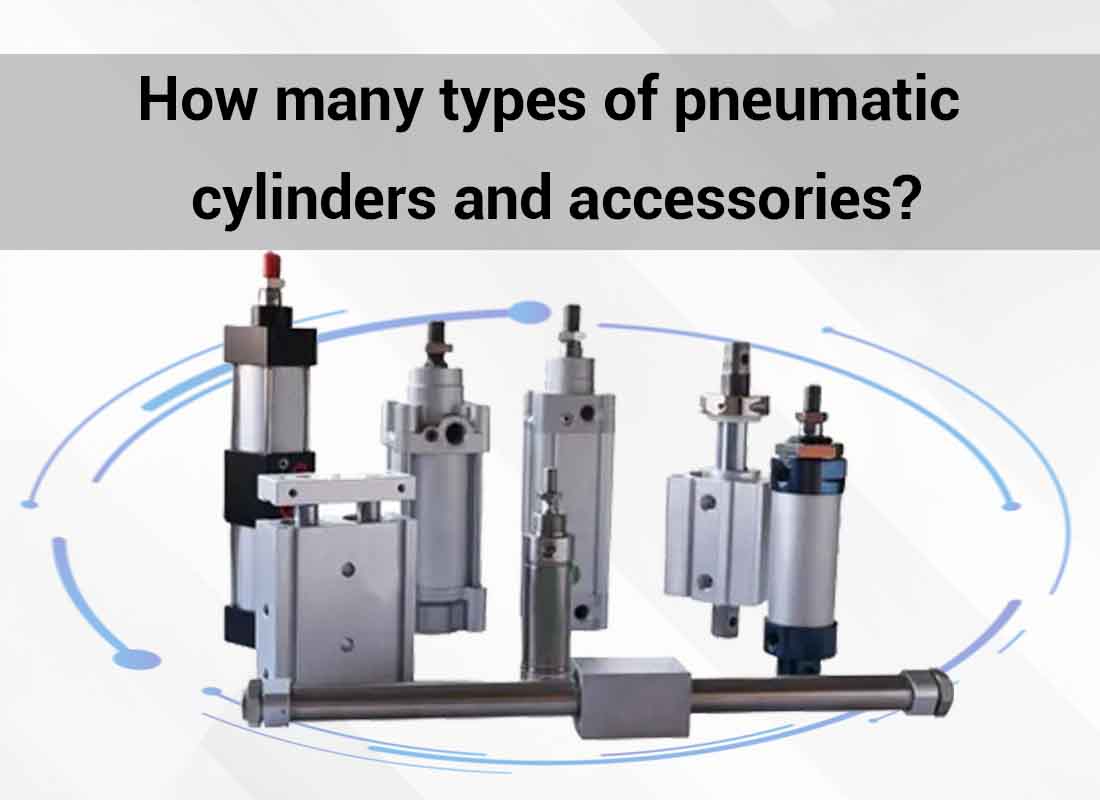
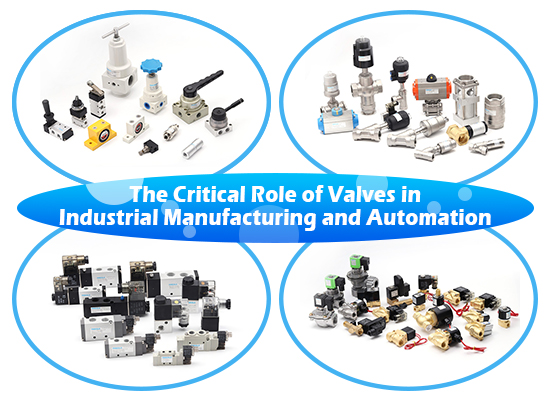
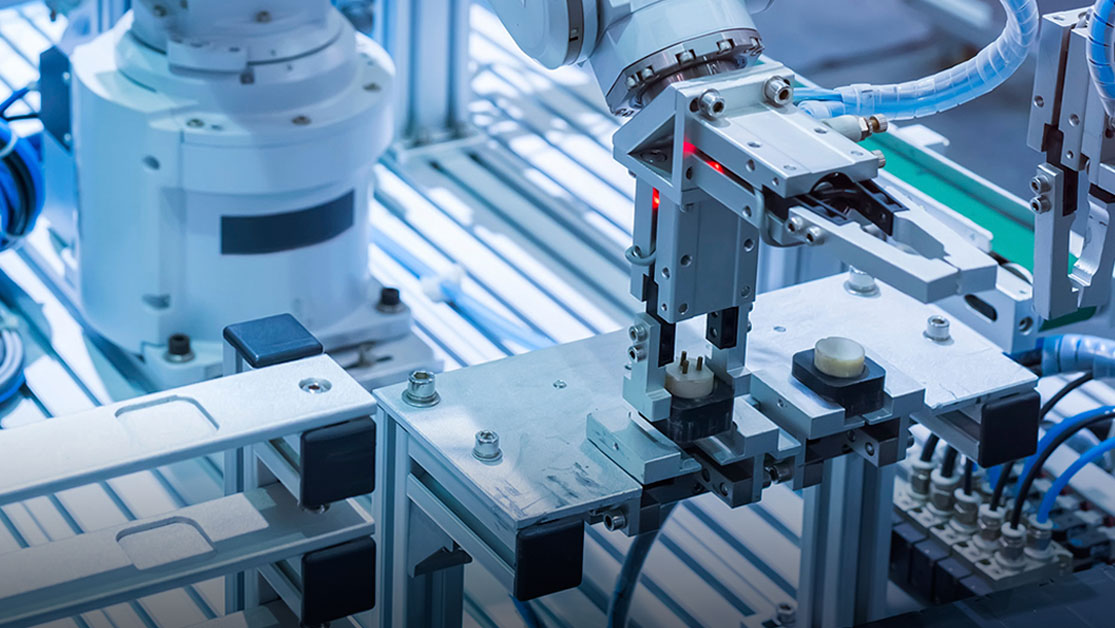
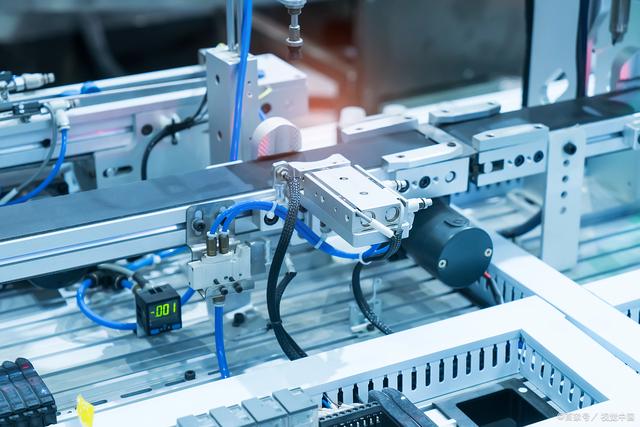
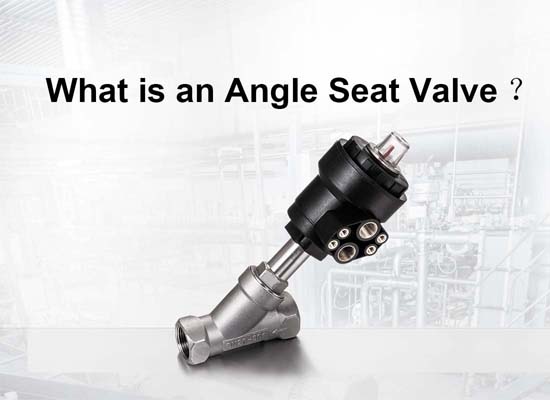
Apr 18, 2025 Blog
What is an Angle Seat Valve?Links: www.fescolo.com(Pneumatic)
FOKCA ©1998-2025 All Rights Reserved Sitemap